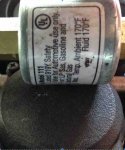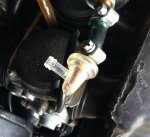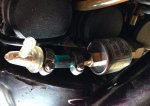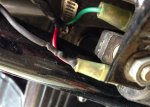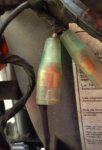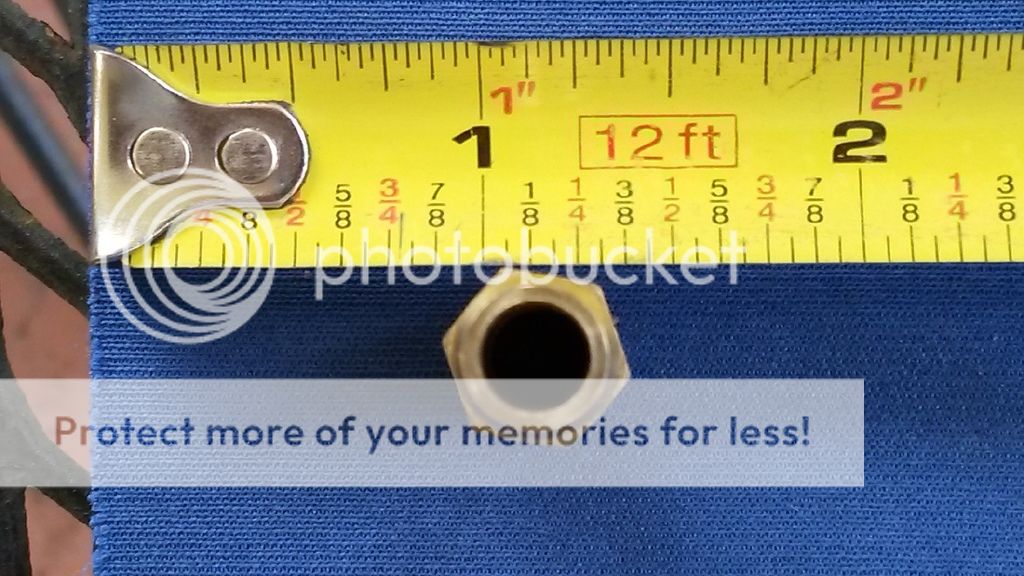rmiller511
Street Cruiser
My friend's Valkaryie shares the same hydrolock nightmares the C10 does and his approach (not yet installed) was to go with an electronic fuel cut off valve (pictured below). He was nice enough to order one for me as well, so I am in the process of installing it.
So far, I find the best location for it is under the seat in a slight cavity toward the rear. This is the space in which the feeder line from the petcock is routed to the carbs, making installation easy with the existing fuel line:
1.Cut existing fuel line in half (shorten if needed)
2. Install cut fuel line ends onto the cut off valve
3. Mount the unit to the frame
4. Wire the unit to the harness
What I am not sure about is the best method for wiring to the harness. Any suggestions?

So far, I find the best location for it is under the seat in a slight cavity toward the rear. This is the space in which the feeder line from the petcock is routed to the carbs, making installation easy with the existing fuel line:
1.Cut existing fuel line in half (shorten if needed)
2. Install cut fuel line ends onto the cut off valve
3. Mount the unit to the frame
4. Wire the unit to the harness
What I am not sure about is the best method for wiring to the harness. Any suggestions?




